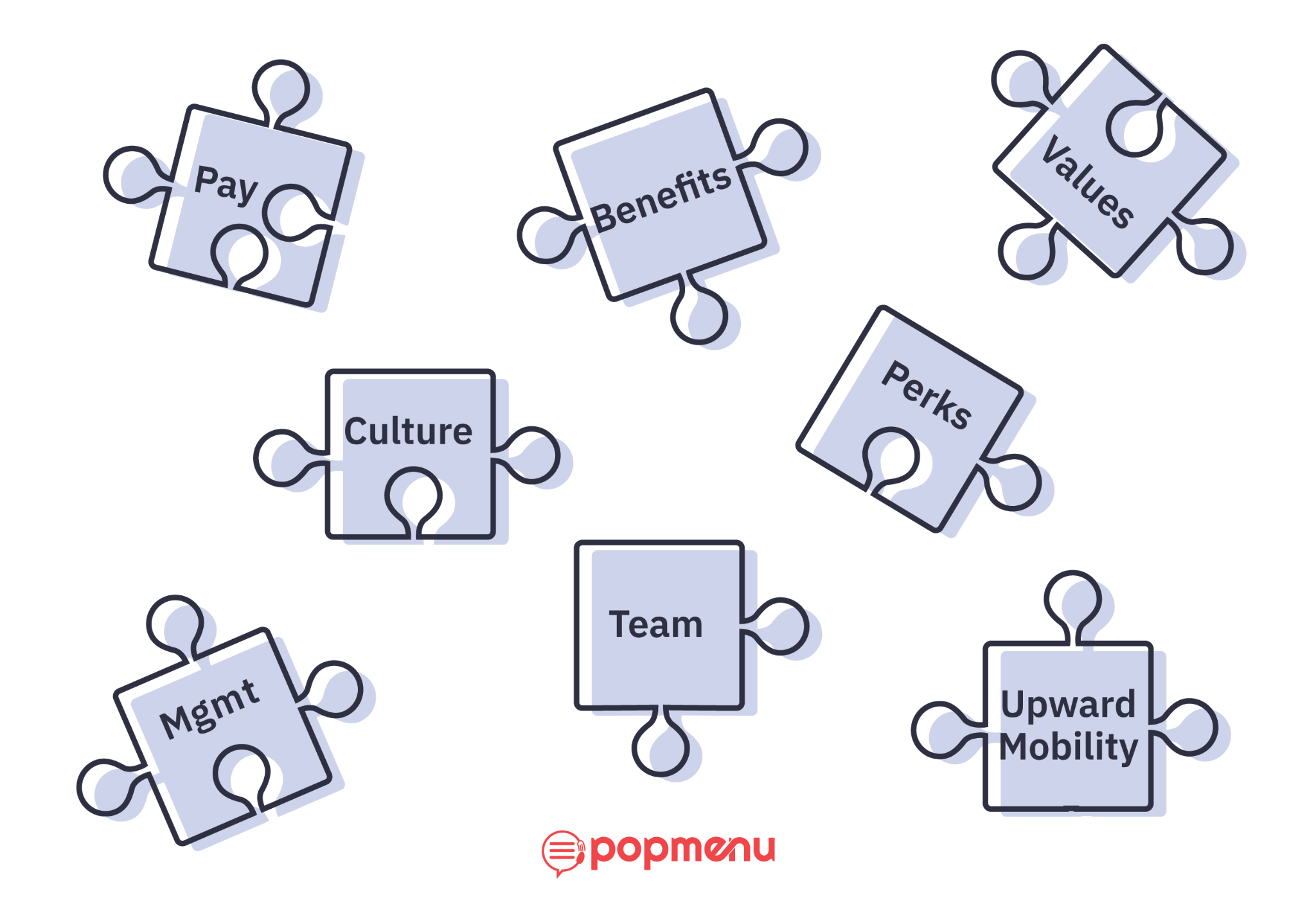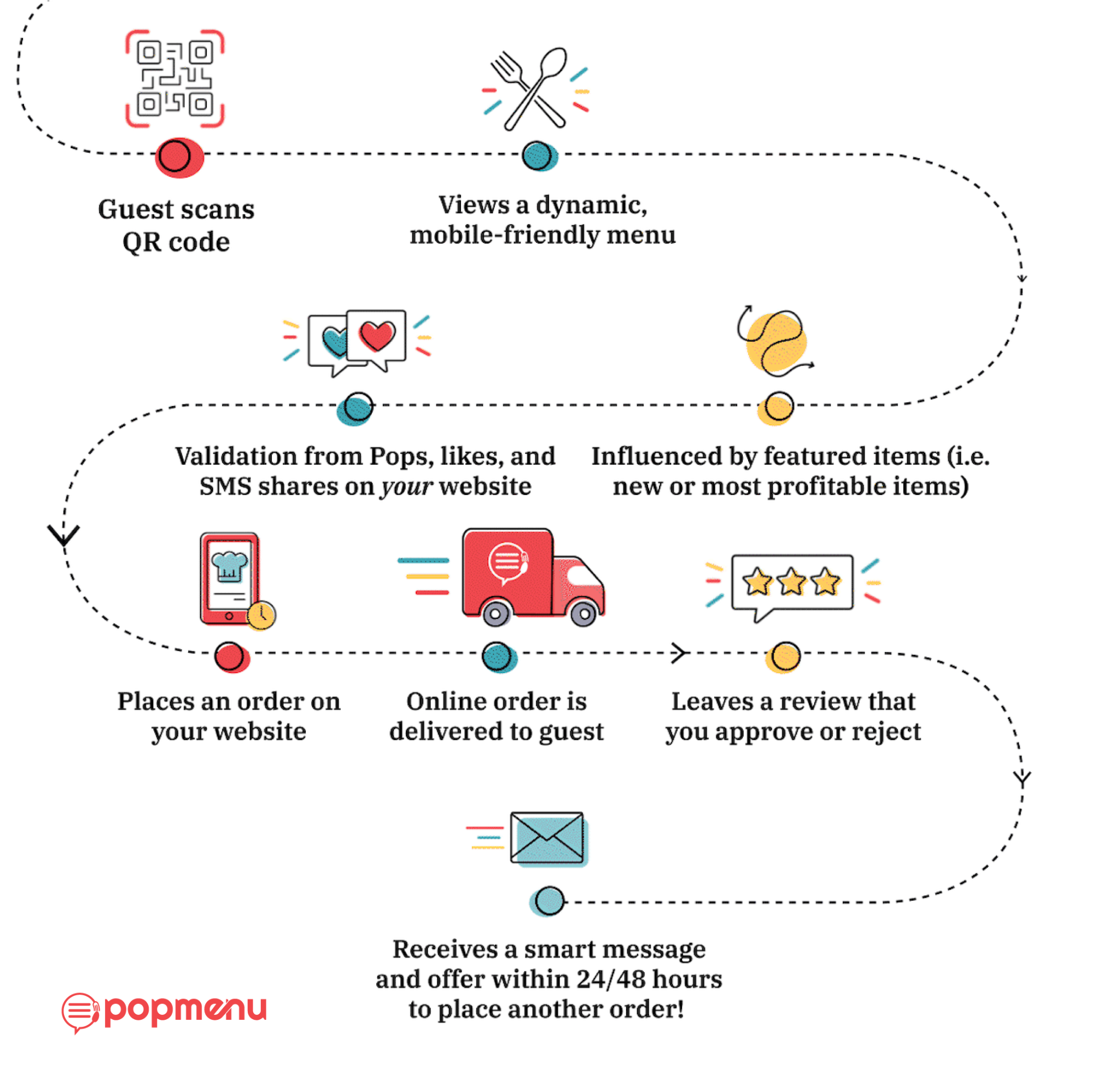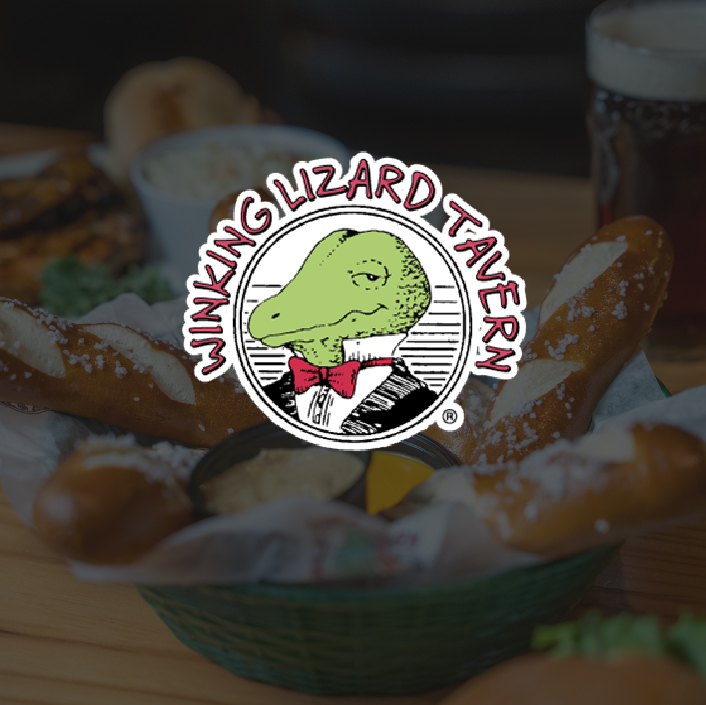
Is employer branding the key to surviving the restaurant labor shortage?

As restaurants get back to work after the COVID-19 shutdown, they’re finding a new challenge: An ongoing, industry-wide labor shortage. Restaurants are having a hard time luring back employees, many of whom moved on to other jobs and industries while restaurant jobs weren’t available. But there may be a secret weapon restaurants can use: Employer branding.
More and more restaurants are getting creative about what they can offer their workers to entice them to accept jobs—and stay in them for the long term. If you want your restaurant to attract the best employees, maximize retention, and limit turnover, an employer branding overhaul might be the right move. Here’s everything you need to know.
What Is Employer Branding?

Put simply, employer branding is how you influence your restaurant’s reputation among the workforce—this can also include your current employees’ perception of you as an employer.
Employer branding is common in the corporate world, and encompasses how companies market themselves to job seekers to attract top talent. But employer branding is not limited to white-collar jobs. Restaurants can use the same tactics to attract and retain the best employees in their industry, too.
Employer branding includes a wide variety of factors that affect a workplace. It’s no longer just about pay (though that is one piece of the puzzle). Employers, especially in the restaurant industry, also need to start thinking about their company values and culture, benefits and perks, management quality, team quality, upward mobility, and other factors that can help them stand out among a sea of other restaurants that are trying to hire the right talent.
How Can Employer Branding Help Restaurants?
Employer branding has become something more and more restaurants are thinking about this year. If your restaurant has a reputation for being a great place to work, word will get around and more people will apply to work there, labor shortage or not. When so many restaurants are competing for the same limited workforce, employer branding can help your restaurant stand out to potential candidates. It’s one way to get ahead in this ultra-competitive job market.
And then, if your restaurant practices what it preaches, it will be better able to retain the best employees, saving time and money on turnover. An oft-cited study by the Center for Hospitality Research at Cornell University estimated that the cost of turning over a single restaurant employee was $5,864, which accounts for the costs of recruiting a new hire, training them, and lost productivity while a position is vacant.
To see the effects of employer branding in action, a restaurateur needs to look no further than the restaurants that are already implementing these strategies and seeing success. One great example is Starbucks, which has cultivated a strong sense of community among its employees by referring to them as “partners,” instilling a sense of ownership and pride. Starbucks has also offered competitive wages and perks like college tuition coverage, and used its social media extremely effectively to highlight important parts of the company’s culture, like its dedication to diversity and inclusion.
Facing the restaurant labor shortage this year, many other restaurants have thought of creative ways to attract and retain their employees. Chipotle has expanded its debt-free educational degree options for employees. Whataburger promoted all managers to “operating partner” and raised their minimum salary to $100,000. McDonald’s franchises all over the country have raised wages, and some have even offered other perks—one Illinois location offered free iPhones to new employees who stayed at least six months.
But it’s important to note that pay and benefits are only a piece of the puzzle—and, in some cases, may not even be the primary driver for job-seekers. Instead, companies’ missions, values, and culture have moved to the forefront in recent years when job seekers consider what makes a good employer. These are also important factors for restaurants to consider.
How to Build a Restaurant Employer Brand
Building your restaurant’s employer brand can start with just a few steps.
Step 1: Decide What You Want to Stand For
Company values and culture are an inextricable part of your employer brand. That’s why the first step toward building an employer brand strategy is deciding what’s important to your organization.
Some questions that can help you get started:
- How would you describe your restaurant’s work environment and its culture and values to someone else?
- Why should people choose to work at your restaurant instead of a different one?
- Why should employees stay at your restaurant year after year, rather than finding other jobs?
- Why do employees leave your restaurant?
- Do you offer career development or employee engagement programs to make your restaurant stand out to job seekers?
- How can your employees advance their careers while working for your restaurant?
Step 2: Craft Your Employee Value Proposition (EVP)

At the core of every employer branding strategy is the employee value proposition (EVP)—essentially, an agreement between an organization and its employees about what each is going to provide to the other. Your EVP should answer two important questions:
- What can your employees or candidates expect from you as their employer;
- What do you expect from your employees and job candidates?
While your EVP may not be shared publicly, it should help shape all your communication, especially with job seekers.
Here are some ideas to consider when creating your EVP, but keep in mind that this should be a unique document that truly reflects your restaurant and what you want it to offer to your community, your employees, and job seekers.
For what employees and candidates should expect from your restaurant as an employer, consider:
- Your restaurant’s mission, values, and culture
- Locations and facilities that you offer, including accessibility for all employees
- Compensation and benefits
- Career development and upward mobility for employees at your restaurant
- Management styles
- Employee recognition
- Work-life balance
- Benefits, which can include health insurance, tuition coverage, and paid time off
- On-the-job perks, like shift meals, discounts, and team-building retreats
- Opportunities to give back to the community
- Job security over time
For what you should expect from your restaurant’s employees and job candidates, consider:
- The experience, quality, and caliber of your team members
- Quality of work
- Representing your restaurant in the local community
Considering these factors should help you get started crafting an EVP that will make your restaurant an attractive place to work, but there’s one more extremely important step.
Step 3: Implement Your Employer Branding Strategy
Crafting your EVP is only half the job—the other half is to actually practice what you preach. Remember that all your employer branding efforts will be for nothing if employees accept jobs and realize your restaurant doesn’t live up to their expectations. Rather than just say your restaurant is a great place to work, you have to actually make it a great place to work.
Keep in mind that the restaurant industry tends to be tight-knit. Once your restaurant begins to build a reputation for being a great place to work, word will spread and employee referrals will help you find even more talented employees.
As you maintain your restaurant’s good reputation over time, you’ll almost certainly find that recruiting the best and most talented employees will become easier and easier.
How Technology Can Help Create and Implement an Employer Branding Strategy
We’ve already written about how technology can help restaurants ride out the ongoing labor shortage.
Technology also has a place in creating your employer branding strategy.
Industry changes that came with the pandemic aren’t the only thing forcing restaurants to find new ways to attract and retain employees. The majority of the industry’s workforce is now made up of millennial and Gen Z workers—two generations that grew up with technology being a heavy presence in their lives.
Today’s restaurant workers expect modern communication tools, flexibility, mobile transactions, and efficient operations—all things that can be aided by having the right technology tools for your restaurant. And when it comes to providing restaurants with all the tools they need to keep up with the digital age, there’s no better platform than Popmenu.
Popmenu Makes Restaurants More Modern and Efficient
To attract restaurant employees who expect modern technology and streamlined operations, you need Popmenu.
Popmenu is the all-in-one digital toolkit that helps restaurants address all the challenges that come with trying to stay competitive in the digital age.

In addition to a website builder, Popmenu offers one-of-a-kind, engaging online menu technology. It also helps restaurants run their waitlists; receive and manage online orders; market to their guests via email, social media, SMS, and more; and optimize their online presence for both online search and mobile users.
Popmenu can help automate some of the tedious work your restaurant’s employees currently do by hand, freeing them up to do the work they love: Taking care of guests. Not only does it reduce restaurants’ staffing needs, but it makes all your employees’ jobs easier, more streamlined, and more efficient.
Popmenu is an essential tool for restaurants looking to build a better employer brand. Ready to see for yourself? Schedule a free demo today.





.jpeg)






